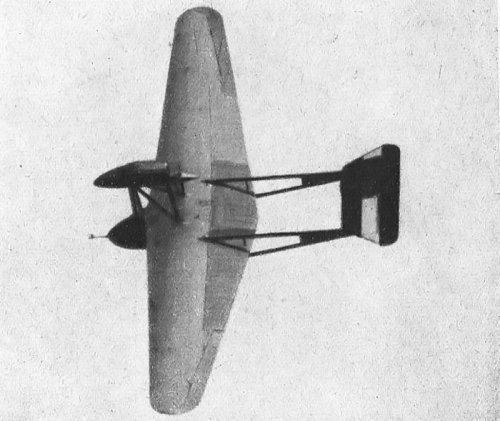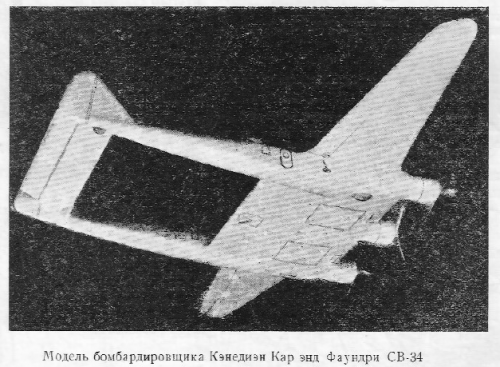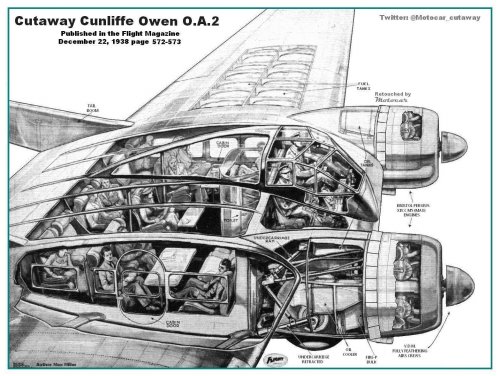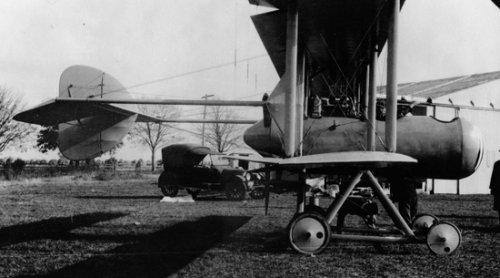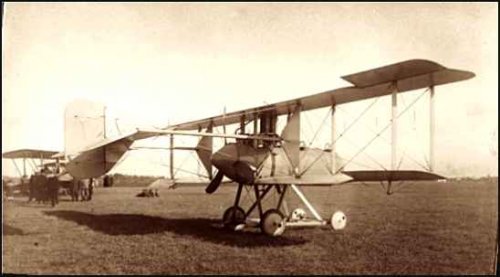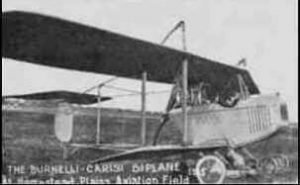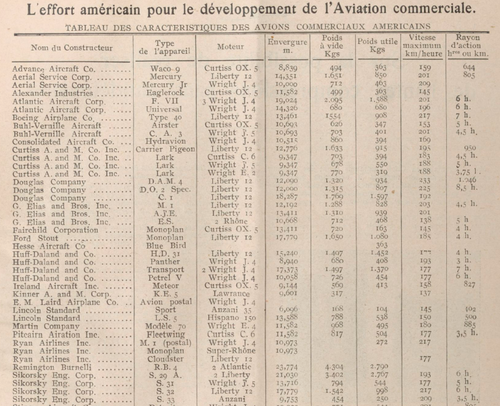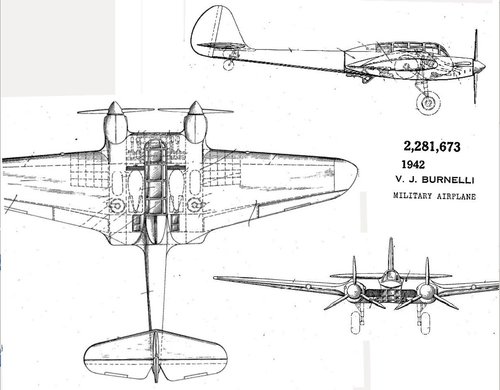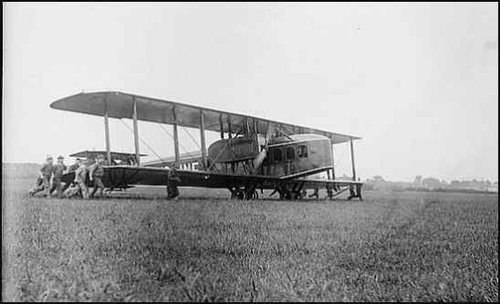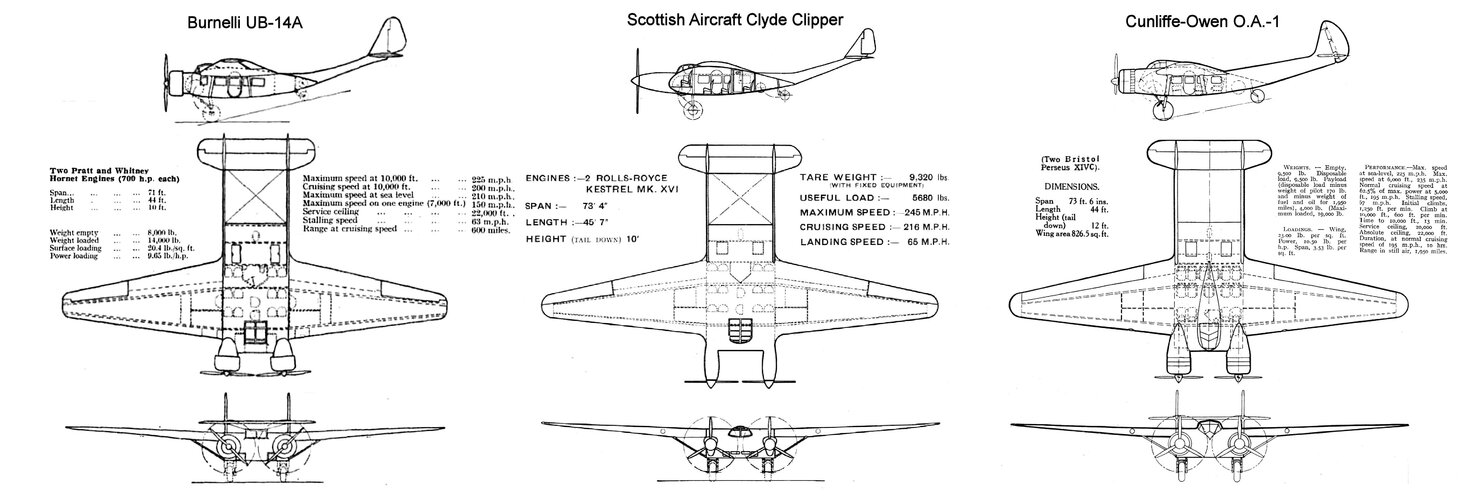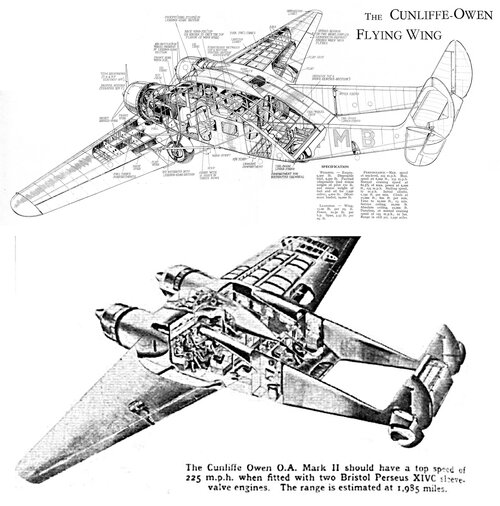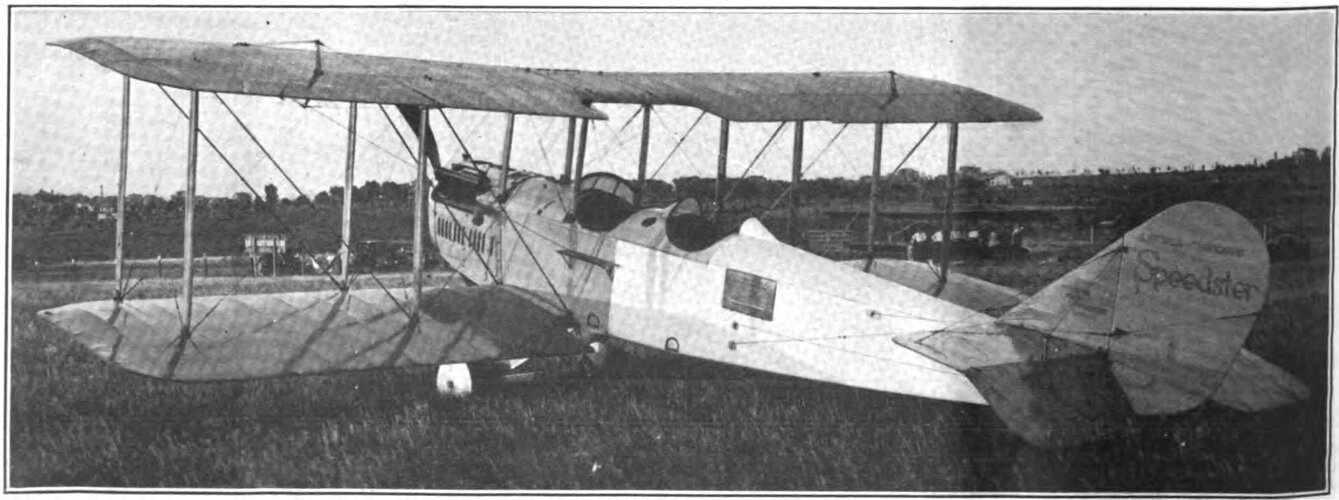Burnelli company affiliations:
1914 ABC Exhibition Co., NYC, identified as an aircraft designer, design unknown.
1915 Burnelli Aircraft Co. Established with friend John Carisi and developed the Burinelli-Carisi biplane.
1916 International Aircraft Co. Washington, D.C. based company, Burnelli was the Chief Designer.
1917 Continental Aircraft Co. of Long Island, NY. Burnelli Chief Designer and Superintendent. Developed KB-1 and KB-3. Burnelli, under contract through Continental to Dr. William Whitney, he worked on the disastrous Christmas Bullet. The problems with the Christmas Bullet led Burnelli to leave Continental.
1918 Lawson Airplane Co., Green Bay and Milwaukee, WI. Burnelli was Chief Engineer on the Lawson C-2.
1920 Nebraska Aircraft Co., in Lincoln, NE. For a short period Burnelli was its Chief Engineer. Unknown design. Company later becomes Lincoln-Page Aircraft Co.
1920 Airliner Engineering Corporation, Long Island, NY. Burnelli returns to NY to partner with T.T. Remington to develop RB-1.
1922 Remington-Burnelli Co. formed and produce the RB-2 (first flight 1923).
1924 Garvan-Burnelli Aircraft Corp. Remington-Burnelli experineces difficulties in marketing the RB-2. Burnelli patents a number of designs at this time. Thomas Garvan buys out the stock of the Remington-Burnelli concern and changes the name of the company. They briefly market the RB-2 as the GB-3.
1927 Burnelli worked as general manager for the Donohue-Burnelli Aircraft Corporation.
1927 Burnelli assists E. Burke Wilford in the development of a gyroplane for the 1927 Guggenheim Safe Airplane Contest. Wilford leaves the venture in 1928 and goes to Germany to secure the patents of German gyroplane designers Walter Rieseler and Walter Kreiser. This aircraft was supposedly built in the Keyport, NJ Aeromarine factory.
1928 Skylines Incorporated. Designer of the Paul W. Chapman CB-16. Developed for United States Lines.
1929 Uppercu-Burnelli Aircraft Corporation. Burnelli, needing a place to build the CB-16 rented space from Uppercu in Keyport, NJ. After the demise of the CB-16 Burnelli formed a partnership with Uppercu to build the UB-20 (first flight 1930), followed by the UB-14. The Burnelli GX-3 (later known as the Uppercu-Burnelli UB-SS) was developed alongside the CB-16. Wilford returns from Europe and works with Burnelli on the lifting bodies. Uppercu had already formed the Aeromarine-Klemm (1928) to build sport aircraft where Burnelli modifies a few AKL designs. 1934 Uppercu has financial problems and can not market or put the UB-14 in to production. Attempts to secure a contract with the US Army fails.
1934 Burnelli Aircraft Corporation. Burnelli is approached by the Air Ministry of England to license the aircraft design and is given $50,000, which offset losses to him and Uppercu for the failed attempt to sell the aircraft to the US Army.
1936 Burnelli licenses the UB-14 design to Scottish Aircraft and Engineering, Prestwick, Scotland.
1940 Cunliffe-Owen Clyde Clipper, Eastleigh, Hampshire, UK. Developed under license with Burnelli supervising development. Resulted in OA-1 aircraft.
1941 Central Aircraft Corporation (formally Burnelli Aircraft Corp) takes over Burnelli facilities at Keyport, NJ and attempts to get an Army Air Corps contract for the XB-AB-3 Burnelli lifting body aircraft.
1946 Canadian Car and Foundary, Montreal, Canada. CBY-3 developed.
1955 Burnelli designed a modified CBY-3 for a planned trip to the North Pole, which was cancelled.






